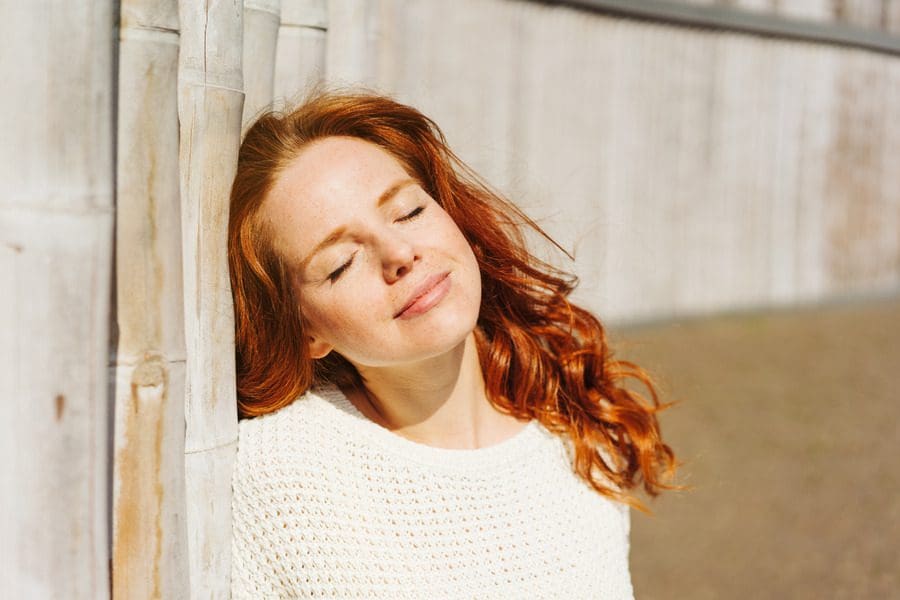With fall comes pumpkin spice lattes and apple cider, visits to the pumpkin patch, and cozy evenings complete with good reads and scented candles. But it also means winter is close behind with shorter days and notoriously dreary weather. If you notice you always feel sad or depressed this time of year, you may be experiencing a condition known as seasonal affective disorder (SAD). Now, let’s take a closer look at SAD, what symptoms look like, and how to treat it.
What Is Seasonal Affective Disorder?
Seasonal affective disorder is a type of depression that occurs around the same time every year, typically starting in the fall, with symptoms continuing throughout the winter. Once spring comes, the symptoms tend to subside. Though it’s rare, some people experience SAD symptoms in the spring and summer.
Symptoms of Seasonal Affective Disorder
Most people with SAD experience mild symptoms that worsen as the season progresses. General signs and symptoms of SAD include:
- Feeling sad or down nearly every day during a specific season
- A loss of interest in things you once enjoyed.
- Having little to no energy.
- Craving carbs, overeating, and rapid weight gain.
- Trouble concentrating.
- Feelings of hopelessness, worthlessness, or guilt.
- Having thoughts of not wanting to live anymore.
How to Treat Seasonal Affective Disorder
You don’t have to just accept that you feel down during certain months of the year. There are ways to take charge of your mood and motivation. Here are a few steps you can take.
Talk to Your Doctor
First things first: Talk to your doctor about what you’re feeling. A number of screenings are available that can help your doctor determine if you’re experiencing SAD or another form of depression.
Mentally Prepare
Set yourself up for success by preparing mentally for the winter blues. Make time to do things that make you happy, like exercising, starting a new hobby, making plans with friends, etc. If you plan these things early on, you won’t have to pull yourself out of a mental rut to force yourself to do them later.
Try a Light Box
Light boxes mimic the sun’s rays, which can result in a chemical change in your brain that boosts your mood and helps you manage the symptoms of SAD. It is recommended you sit in front of a light box for 20-30 minutes every morning for best results.
Prioritize Being Social
If there’s one thing we learned from COVID, it’s that isolation can lead to depression. Even if it’s too dark and cold to get out, FaceTime your friends or connect with a group club or activity club via Zoom.
Let the Sunshine In
Get outside and soak up some rays any chance you get – and never miss an opportunity to open your blinds and let the sunshine into your home.
Say ‘No Thanks’ to Alcohol
Sometimes we turn to alcohol when we feel sad or stressed, but drinking is another catalyst of depression that can lead to a downward spiral. Instead of alcohol, consider sipping Mocktails, herbal hot tea, hot chocolate, or even more water.
Do you struggle with SAD? Share your experiences with us in the comments below.






